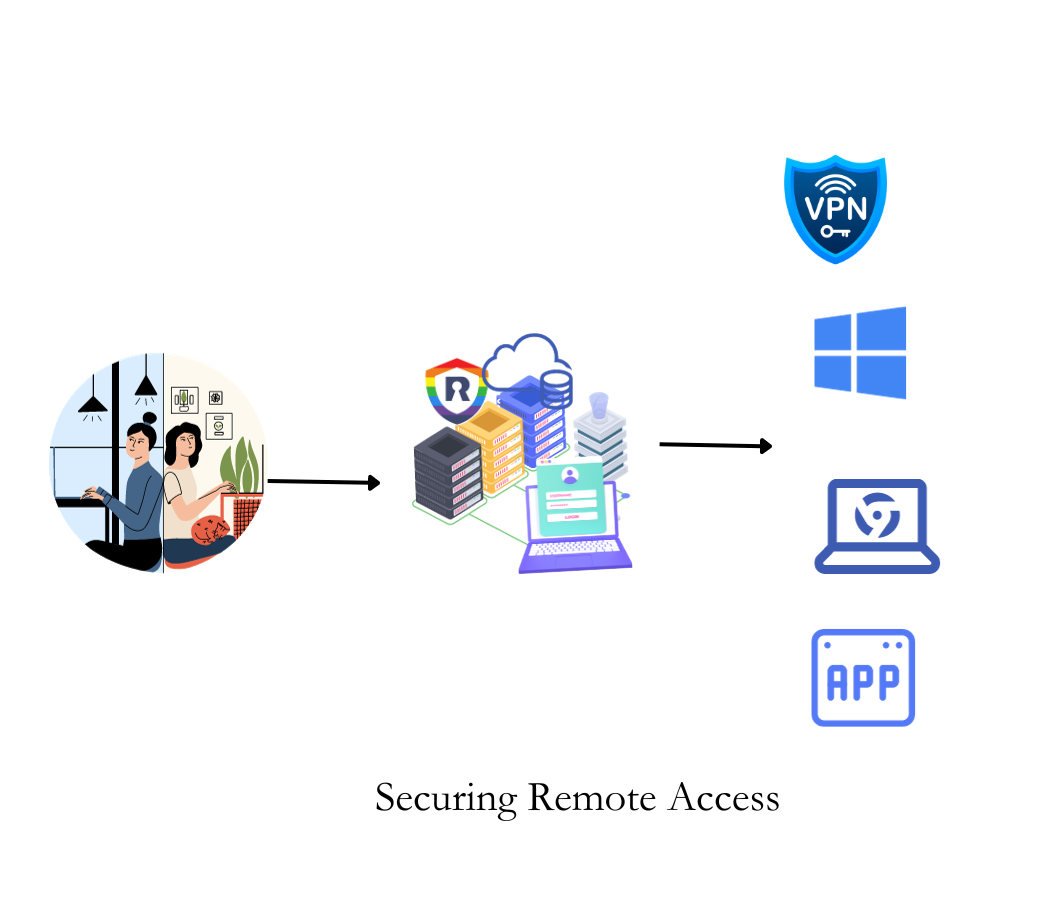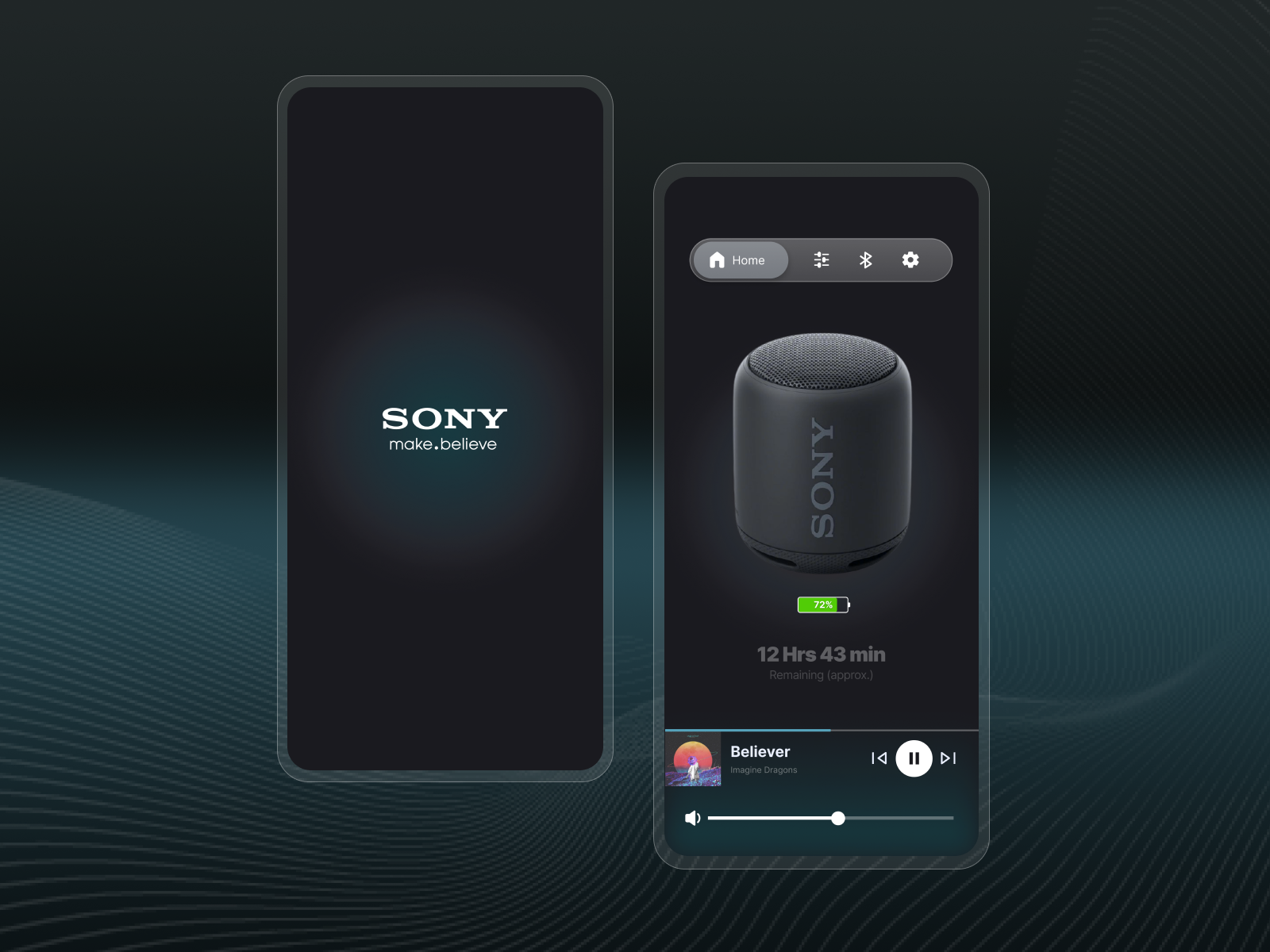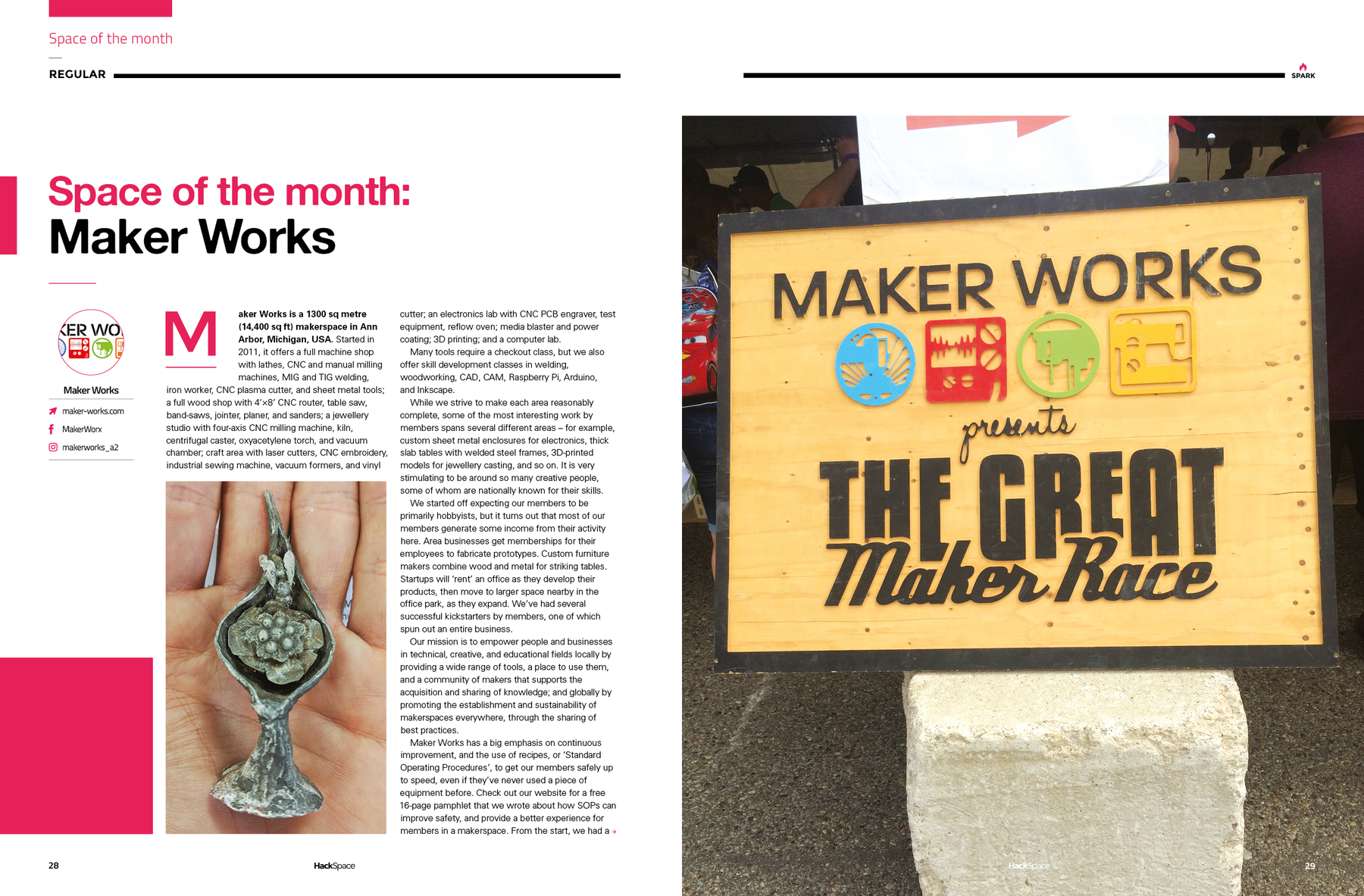Free Remote IoT Access: Top Tools & Solutions [2024]
Are you grappling with the challenge of managing and accessing your Internet of Things (IoT) devices remotely, without wanting to spend money?
The good news is that secure and reliable remote access to your IoT devices is entirely achievable without incurring any costs.
In today's rapidly evolving technological landscape, the ability to interact with and control IoT devices from a distance has become indispensable. Whether it's for monitoring environmental sensors, managing smart home systems, or troubleshooting industrial equipment, remote access provides unparalleled flexibility and convenience. However, the cost of implementing such solutions can often be a significant barrier. This article delves into the realm of free remote IoT device access, exploring various methods, highlighting key considerations, and offering insights into choosing the best solutions for different scenarios. We'll navigate the complexities, ensuring you have the knowledge and tools to optimize your IoT projects without straining your budget.
At its core, remote IoT device access means the capability to interact with and control an IoT device from a distance. This can involve anything from simply viewing sensor data to actively controlling actuators, updating firmware, or performing diagnostics. The methods used to achieve this remote access can vary widely, each with its own strengths and weaknesses. Several protocols and technologies facilitate remote access, with Secure Shell (SSH) often taking center stage for its security and versatility.
Consider the case of a small business owner, Sarah, who uses a network of temperature sensors to monitor the climate in her greenhouses. Imagine the savings made by accessing them remotely. With free remote access, Sarah could check the temperature readings from her home, make adjustments without needing to travel, and minimize the impact of any sudden temperature fluctuations.
Or, consider the scenario of an engineer, Mark, responsible for maintaining a remote weather station. Instead of making a potentially long and costly trip to the weather station, Mark could troubleshoot the system from his office, saving both time and resources. These examples underscore the practical benefits of free remote access to IoT devices, making it an essential consideration for anyone involved in this field.
Lets delve deeper into the What does best remote IoT device access free actually mean? Essentially, it refers to platforms, tools, and methods that allow you to control and monitor IoT devices remotely without any financial investment. This implies open-source software, free-to-use services, and readily available hardware solutions, maximizing the utility and cost-effectiveness of your IoT deployments. It encompasses a range of approaches, from using SSH (Secure Shell) for secure command-line access to leveraging web-based interfaces for user-friendly control and monitoring. The choice of method depends on the specific needs of the project, the level of security required, and the technical expertise available.
Remote access to IoT devices is a multifaceted endeavor with varying levels of complexity. It necessitates an understanding of networking protocols, security best practices, and the capabilities of the IoT devices themselves. The most common methods include:
- SSH (Secure Shell): Ideal for secure, command-line access.
- Web-based interfaces: Provide user-friendly control and monitoring.
- Virtual Network Computing (VNC): Offers graphical access.
- Remote Desktop Protocol (RDP): Another option for graphical user access, often used for Windows-based IoT devices.
For the purposes of this article, well primarily focus on SSH and web-based methods, as they often provide the best balance of security, ease of use, and free accessibility.
The benefits of remote IoT device access are manifold and extend across various use cases:
- Remote Monitoring and Control: Monitor device status, read sensor data, and control actuators from anywhere in the world.
- Troubleshooting and Diagnostics: Remotely diagnose and troubleshoot device issues, minimizing downtime and travel costs.
- Firmware Updates: Deploy firmware updates remotely, ensuring devices stay up-to-date with the latest security patches and features.
- Data Logging and Analysis: Collect data from remote devices and analyze it for performance optimization and predictive maintenance.
- Centralized Management: Manage and control a fleet of IoT devices from a single point, improving operational efficiency.
The power and capabilities that are offered by the free remote access options, such as SSH, have become essential tools for anyone working with IoT devices or managing remote servers. Remote SSH access allows you to securely connect to your IoT devices from anywhere in the world. This feature is especially important for managing devices that are deployed in remote locations or for troubleshooting issues without physical access. It provides a secure and efficient way to manage devices.
Managing IoT devices remotely can be a daunting task, especially when you need secure and reliable access to your devices without breaking the bank. Fortunately, there are free and efficient ways to access IoT devices through web SSH, ensuring seamless connectivity without compromising security. There are several free remote IoT SSH services available, each with its own strengths and limitations. The main aspect to be considered is the security of the solutions. Security is paramount when accessing devices remotely. Utilizing encrypted protocols like SSH is critical, and implementing strong authentication measures, such as multi-factor authentication, can enhance protection.
Let's now examine some of the best free solutions.
Raspberry Pi: The Versatile Champion
This article dives deep into why Raspberry Pi is considered the best SSH remote IoT device and how you can leverage its features for free. Raspberry Pi stands out as a top choice. Its affordability, versatility, and robust community support make it ideal for IoT projects. Many consider the Raspberry Pi to be the best SSH remote IoT device. By default, Raspberry Pi OS (formerly Raspbian) comes with SSH enabled, making remote access a breeze. Its also simple to set up port forwarding on your router, allowing secure access from anywhere in the world. Its compact size and low power consumption make it perfect for deployment in remote locations.
To further improve your security setup, change the default username and password and configure a firewall to restrict access only to necessary ports. Use SSH keys for authentication to enhance security. For instance, to enable SSH on a Raspberry Pi, you can simply enable it in the Raspberry Pi configuration or by using the command line.
Web SSH for Android:
This article dives deep into the best free IoT platforms with remote SSH for Android, guiding you through their features, benefits, and how to get started. If you need to access your IoT devices from your smartphone, Web SSH is your answer. Many Android apps offer secure, web-based SSH access to IoT devices. These apps are easy to set up and configure, allowing you to connect to your devices from anywhere, provided you have an internet connection. While they provide a great convenience, always check the app's security features and read user reviews to ensure it meets your security requirements.
Several free web SSH tools are available, some of which are browser-based, simplifying access across different devices. However, exercise caution with web-based tools, always ensuring you are using a reputable provider. They often need less configuration than traditional SSH clients, making them an attractive option for beginners.
SSH Tools and Services:
There are a number of SSH tools and services that work well and that provide a secure connection to IoT devices. Some of the top options are:
- PuTTY: It is a free and open-source SSH client for Windows, known for its simplicity and ease of use.
- OpenSSH: Pre-installed on most Linux and macOS systems, it provides powerful command-line SSH access.
- Termius: A cross-platform SSH client with a clean interface, available for free with some limitations.
Beyond Basic SSH:
Once you have set up SSH, you can utilize it for a variety of advanced tasks, such as:
- Tunneling: Create secure tunnels for other applications.
- File Transfer: Use SCP or SFTP for secure file transfer.
- Remote Desktop Access: Combine SSH with VNC or RDP for graphical remote access.
Optimizing Your Setup:
Here are some tips for optimizing your setup:
- Use Strong Passwords and SSH Keys: Always use strong passwords or, preferably, SSH keys for authentication.
- Change Default Ports: Change the default SSH port (22) to a less commonly used port to reduce the risk of automated attacks.
- Firewall Configuration: Configure a firewall to restrict access to your IoT devices.
- Regular Updates: Keep your SSH clients and server software updated to patch security vulnerabilities.
The world of remote IoT device access is constantly evolving, and new tools and techniques emerge regularly. For example, Iot device sdk and iot device sdk tiny in languages such as c and java are supported.
Troubleshooting Common Issues:
- Connectivity Problems: Check your network connection and ensure your device has a valid IP address.
- SSH Connection Refused: Verify that SSH is enabled and running on your IoT device.
- Firewall Restrictions: Check that your firewall is not blocking SSH traffic.
Secure remote access to IoT devices via SSH, the free solution. Remote SSH access allows you to securely connect to your IoT devices from anywhere in the world. The use of SSH offers a powerful, flexible, and cost-effective solution for anyone looking to manage their IoT devices remotely. As you venture into the world of remote IoT access, remember the importance of security and choose the methods that best fit your needs. With the proper implementation, you can ensure your IoT projects are both accessible and safe.
Discover the best remote IoT behind router Raspberry Pi free solutions to optimize your IoT projects. By implementing these suggestions and considering the nuances of remote IoT access, you can create a secure, reliable, and free setup that effectively manages your IoT devices from anywhere in the world.
It is a crucial aspect that you learn more about how to secure your devices, by using the latest security protocols to encrypt data.
In summary, by understanding the fundamentals of free remote IoT device access and utilizing the tools and strategies discussed, you can unlock the full potential of your IoT projects without incurring additional costs. Embrace the convenience and capabilities of remote access, and watch your projects thrive!

Best RemoteIoT SSH Free Your Ultimate Guide To Secure Remote Access

Discover The Best Free RemoteIoT Device Connect Software For Your IoT Needs

Best RemoteIoT SSH Free Unlocking Secure And Reliable Remote Access